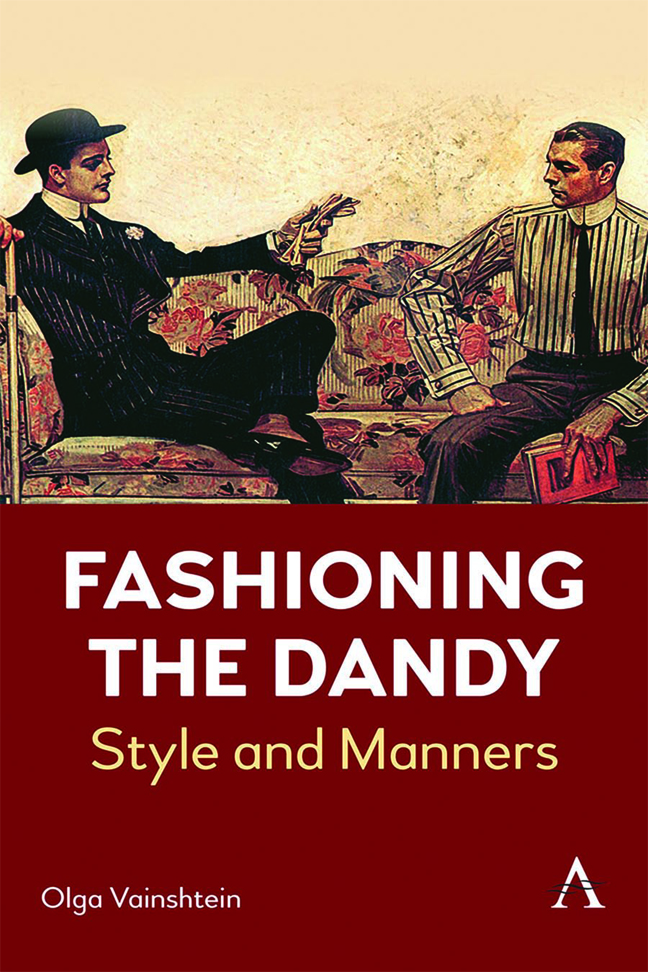Book contents
Eight - Dandyism Revisited
Published online by Cambridge University Press: 29 February 2024
Summary
Three Periods of Nineteenth-Century European Dandyism
In the development of European dandyism, three significant periods should be outlined. The first, in Britain, covered the opening decades of the nineteenth century. The central figure here, naturally, was Beau Brummell, who departed for France in 1816. Through Brummell, the dandy image found its complete expression in corporeality, dress, and behaviour, as a new, understated, and neoclassical aesthetic of male dress emerged. Due to his authority as arbiter of fashion, Brummell was able to instate the Great Masculine Renunciation, a minimalist trend which came to dominate the first third of the nineteenth century.
Equally significant was the particular dandy rhetoric of performative behaviour, developed by Brummell, whose actions and gestures were automatically woven into the fabric of culture. The aesthetics of late Romanticism had already prepared the ground for social acceptance of individual creative fancy. Brummell's witticisms and sudden stylistic ‘coups’ invariably became the stuff of anecdotes and legends, forming a new layer of urban folklore. His self-fashioning practice was subsequently taken up and imitated by his many followers and admirers. In the Regency years, the main ‘rules’ of dandy behaviour, and norms of hygiene and corporeality, came into being. Finding its expression primarily through social practice, British dandyism of the first period mainly consisted in showing off and perfecting one's dress, manners, general appearance, and, ultimately, one's entire way of life. The dandy code of behaviour was flexible, leaving ample room for play, and disruption of social convention through practical jokes, scandal, insolence, and cutting.
In the late 1820s, the literary canon of dandyism began to form with the fashionable novels published by Henry Colburn. The silver fork novels, in which the main heroes were often dandies, came to be seen as textbooks in good manners and social etiquette. Following the sensational success of the series, dandies became firmly established not only as a social group, but as literary characters, with their clubs, salons, balls, and opera coming to be seen as familiar settings. Fashionable novels offered muchdesired opportunities for ‘virtual’ aristocratism, with all necessary information on aristocratic manners and high society living.
In the 1830s, however, the development of dandyism began to be impeded by conservative trends emanating from publications such as Fraser's Magazine.
- Type
- Chapter
- Information
- Fashioning the DandyStyle and Manners, pp. 213 - 232Publisher: Anthem PressPrint publication year: 2023



